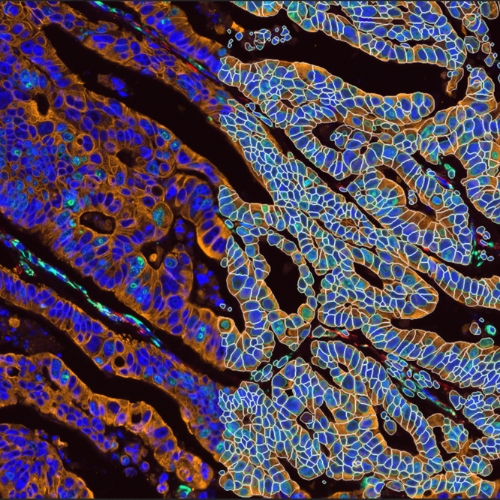Elevate Your Research with Spatial Insights

Quyen Tran, PhD
Global Business Excellence Manager, Data & Analysis, Leica Microsystems
Read BioQuyen is the Global Business Excellence Manager for the Data & Analysis group, responsible for the commercial aspect of Aivia. She received her Ph.D. in Biomedical Engineering at the University of Wisconsin–Madison, where she examined stem cell behavior in 3D protein-based constructs fabricated using multiphoton microscopy. Quyen has worked with Aivia since its launch, utilizing her perspective as a scientist and her Aivia expertise to bring AI-powered image analysis to help researchers propel their work forward.
CloseIn this webinar, you will learn:
- Automatic and AI-guided tools to group your cells into phenotypes of interest to get a clearer understanding of your tissue;
- How to accurately segment cells so you can spend less time analyzing data and more time on biology;
- Ways to dive deeper into tissue biology with spatial relational tools and various charts, such as dimensionality reduction plots.
Generating insights into tissue microenvironments is crucial to our understanding of normal and abnormal tissue development, such as during cancer progression.
Spatial biology methods using microscopy and multiplexing techniques have allowed researchers to bring together protein expression profiles and spatial information to dive into the complex biology needed for these insights. However, image analysis of these datasets, especially with high numbers of protein markers and/or large numbers of cells, remains a challenge.
Excitingly, Artificial Intelligence (AI) image analysis has significantly progressed through innovations in deep learning, segmentation, and detection, making it a powerful tool for researchers. In the latest release of Aivia image analysis software, we are introducing features, including AI tools, to help you tackle this challenge in your large 2D multiplexed image datasets.
Join us in this webinar to learn more about how the convergence of technology and scientific discovery can revolutionize our understanding of biology and disease.
